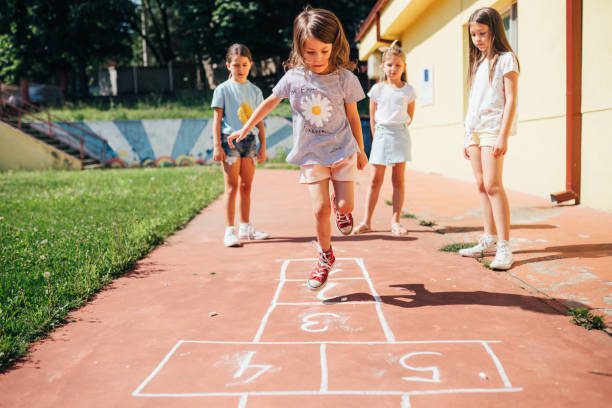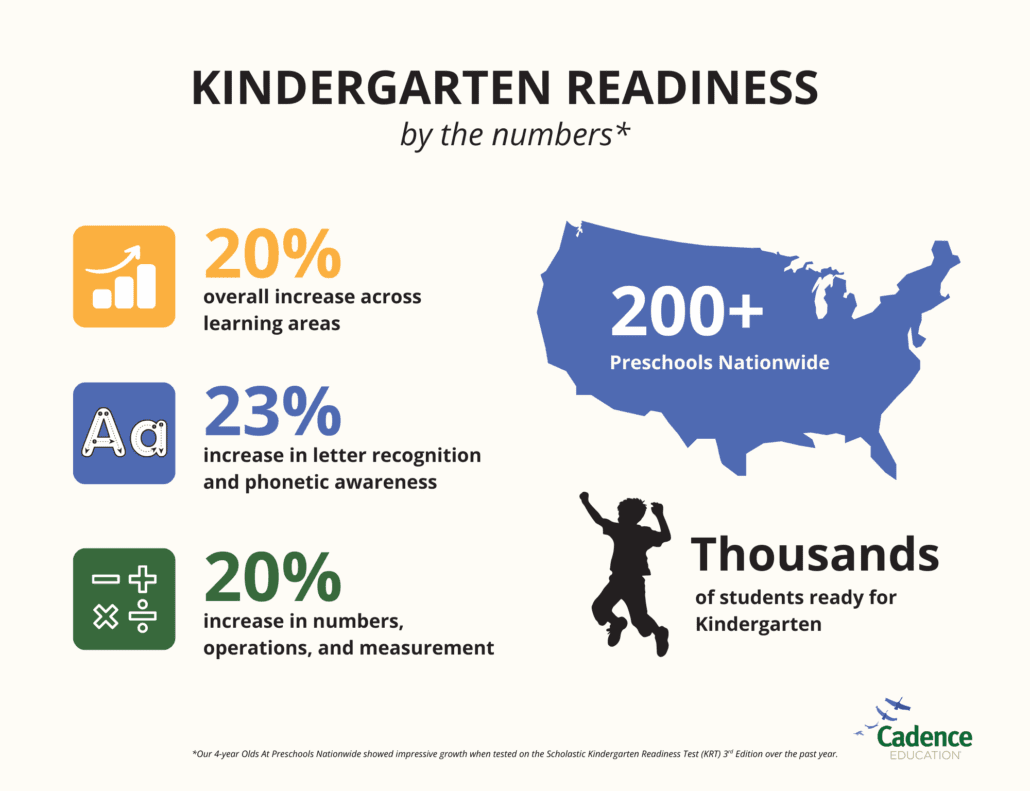Science is all around young children, and they are naturally built to explore it. When toddlers, preschoolers, and pre K learners pour, scoop, mix, build, and watch what happens, they are doing much more than playing. They are testing ideas, asking questions, and beginning to think like scientists and engineers.
Hands on science and STEM activities invite children to experiment with real materials, notice patterns, compare results, and talk about what they see. Each time they make a prediction, try something out, and check what changed, they practice problem solving, early math and measurement, fine motor coordination, and persistence. Most importantly, they discover that they are capable of figuring things out.
The playful STEM activities below help turn everyday moments into meaningful discoveries that build curiosity, confidence, and a lifelong love of learning.
Which Cup Has More? (Conservation of Liquids)
Explore how the same amount of water looks different depending on the shape of a container. Water play is a fun hands-on way to experiment with the conservation of liquids.
Steps
- Pour the same amount of water into two containers with different shapes.
- Observe together how the water looks higher or lower depending on the container.
- Pour water back and forth to compare again.
- Talk about what your child notices or predicts.
Age-Appropriate Adaptations
- Two-year-olds — Explore with containers of various shapes during bath or sink play.
- Three-year-olds — Create a dishwashing sensory bin and compare water amounts in different containers.
- Four-/Five-year-olds — Use food coloring to pour water into different containers and compare using measuring cups.
Skills Supported
Conservation of liquids, fine motor pouring, imagination, scientific observation
Compare Size and Weight
Children compare the size and weight of objects using simple household tools.
Steps
- Gather objects of varying shapes and weights.
- Predict which items are heavy or light.
- Compare items using hands or simple tools.
- Talk about similarities and differences.
Age-Appropriate Adaptations
- Two-year-olds — Explore measurement with cups and spoons in sensory play.
- Three-year-olds — Use scales, measure outlines, and observe evaporation outdoors.
- Four-/Five-year-olds — Weigh popcorn seeds vs. popped popcorn and conduct scavenger-hunt weighing challenges.
Skills Supported
Critical thinking, sensory exploration, early math and science skills
Conduct Cooking Experiments with Assistance
Cooking becomes a science and sensory experiment as children explore textures, smells, and ingredients. Mixing and measuring build confidence and self-expression.
Steps
- Choose a kid-friendly recipe.
- Smell, touch, and mix ingredients.
- Compare textures before and after cooking.
- Taste and discuss what changed.
Age-Appropriate Adaptations
- Two-year-olds — Smell, taste, and mix ingredients; explore recipe books with photos.
- Three-year-olds — Follow a recipe and talk about family food traditions.
- Four-/Five-year-olds — Choose ingredients at the store, measure them, and explore cultural food videos or books.
Skills Supported
Language development, critical thinking, sensory exploration, early math, cultural awareness
Lima Bean Planting: Watch It Grow!
Plant seeds and observe how they change and grow over time.
Steps
- Place soil in a small paper cup.
- Plant a bean and water lightly.
- Place the cup near sunlight.
- Check growth daily and discuss changes.
Materials
Beans, soil, small paper cup, spray bottle, water
Age-Appropriate Adaptations
- Two-year-olds — Scoop soil with a spoon and water with a spray bottle.
- Three-year-olds — View pictures of plant growth and water daily.
- Four-/Five-year-olds — Discuss what plants need to grow and track watering independently.
Skills Supported
Science, responsibility, following steps
Paper Airplanes: Fly High in the Sky!
Explore air power by folding and flying paper airplanes.
Steps
- Fold a paper airplane together.
- Fly the paper airplane in an open space.
- Compare distances and flight paths.
- Talk about what helps planes fly farther.
Materials
Paper, wide outdoor area
Age-Appropriate Adaptations
- Two-year-olds — Decorate paper and compare flight with and without a fan.
- Three-year-olds — Fold their own airplane and fly together.
- Four-/Five-year-olds — Look up folding designs, make predictions, and test wind/air movement with a fan.
Skills Supported
Understanding airflow, fine motor folding, vocabulary, testing predictions
Sandcastle Building: Do You Want to Build a Sandcastle?
Build sand structures using simple household tools.
Steps
- Fill a container with sand.
- Pack sand into cups and turn them upside down to build towers.
- Add decorations or accessories.
- Talk about why some structures stand and others fall.
Materials
Sand, container, plastic cups, shovels
Age-Appropriate Adaptations
- Two-year-olds — Use edible moon sand (flour + oil).
- Three-year-olds — Count scoops and pretend to bury treasure.
- Four-/Five-year-olds — Try recreating sandcastles from online photos or videos.
Skills Supported
Sensory exploration, early engineering, imaginative play
Learning Your Body Parts (Head to Toe Science)
Children learn to identify and name body parts using play, songs, and books.
Steps
- Sing and point to body parts together.
- Play naming and movement games.
- Add new vocabulary as children learn.
- Talk about how body parts work and what they do.
Age-Appropriate Adaptations
- Two-year-olds — Sing body songs and read children’s anatomy books.
- Three-year-olds — Play naming and pointing games with simple and complex body-part vocabulary.
- Four-/Five-year-olds — Discuss how body parts function (digestion, breathing, circulation, bones, muscles, skin).
Skills Supported
Anatomy knowledge, vocabulary building, gross motor development (movement and dancing)
Looking for more activities?
If your child enjoyed these STEM activities, there is so much more to explore. Children learn best when they can move, create, investigate, and problem-solve across every developmental area. Explore more preschool learning activities including art, math, literacy, cooking, social emotional learning, and fine and gross motor play.
→ Explore dozens of other free activities for kids here.
Why Science and STEM Activities Matter for Toddlers, Preschoolers, and Pre K Learners
Science and STEM experiences in early childhood do more than teach facts. They help children make sense of how the world works while building skills that support school readiness across every learning area.
• Science and STEM nurture curiosity and scientific thinking.
Young children are natural scientists who learn through inquiry, trial and error, and hands on exploration. When adults support that curiosity, children build strong foundations for later science learning (NAEYC).
• STEM activities build problem solving, critical thinking, and early math skills.
Exploring cause and effect, comparing quantities, measuring, building structures, and testing designs help children develop analytical thinking, early numeracy, and persistence with challenging tasks (Accelerate Learning).
• Doing science supports language development and vocabulary.
Talking about observations, describing changes, explaining ideas, and asking questions during science activities strengthen vocabulary, oral language, and comprehension (NAEYC).
• Hands on STEM boosts motivation, confidence, and executive function.
Well designed science and STEM experiences can increase children’s motivation for science, support focus and working memory, and help them see themselves as capable problem solvers (ED.GOV).
What This Means For Families
Simple materials like water, sand, cups, blocks, paper, leaves, and everyday household objects can become powerful STEM tools. When children pour, stack, sort, build, and watch how things move or change, they are learning to investigate.
You can support science and STEM by slowing down and wondering together. Ask questions such as “What do you notice,” “What do you think will happen next,” and “How could we try that a different way.” Give children time to test their ideas, make mistakes, and try again. Celebrate effort and curiosity more than getting the “right” answer.
With simple, everyday experiences, families can help children build:
✔ curiosity and a love of learning
✔ problem solving and critical thinking
✔ early math, measurement, and observation skills
✔ language for describing ideas, questions, and discoveries
✔ confidence in their ability to figure things out
Every time a child asks “why,” tests a guess, or notices something new, they are growing as a scientist.
Daily STEM Discovery with Cadence Education
At Cadence Education, children learn by exploring, testing ideas, and asking big questions. Our classrooms and outdoor spaces are designed to spark curiosity, with opportunities for children to pour, build, design, observe, and investigate how things work. Through these STEM rich experiences, children strengthen problem solving, early math and science understanding, language, and confidence in a safe, nurturing environment.
We would love to meet your family and learn more about your child’s interests, strengths, and unique way of exploring the world.



